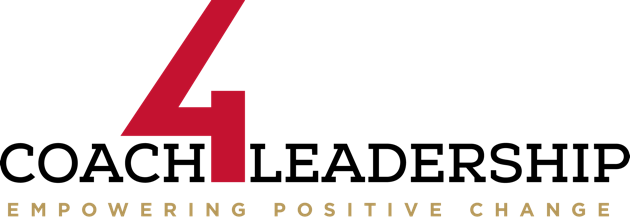The framework through which we view events determines what we make of them. Like it or not, aware of it or not, and admit it or not, we all have frameworks we use to filter our experiences. Your emotions are no exception, you have a set of lens for how you see those too.

The notion if seeing things better than they really are is nothing new. Growing up, I remember a song sung by Ronnie Milsap (who is blind) with central theme devoted to this kind of colored perspective. It was called “Rose Colored Glasses” and the chorus went like this:
“But these rose colored glasses…That I’m looking through…Show only the beauty…’Cause they hide all the truth.”
As I thought about it more, I realized that when it come to emotions our usual frame work of seeing them as positive or negative almost does the reverse for us. The chorus could be changed to:
“But these binary-colored glasses…That I’m looking though…Show only pain or pleasure…But hide the rest of the truth”
When we see our emotions as positive or negative, we discount some (like frustration, fear, and disappointment) and idolize others (like happiness, excitement and calm). In other words, we see our emotional state primarily as a place we want to “be in” instead of conveying useful in formation we need to consider and act on. Oh, we do act, but it’s usually just to avoid pain and get back to “feeling’ good” as quick as possible. Given that no one likes to live with emotions like frustration, fear, and disappointment, what’s a better way?
One way is to filter our emotions using a framework of pleasant/unpleasant and the amount of associated energy involved. That is exactly what Marc Brackett, Robin Stern and their team at the Yale Center for Emotional Intelligence are investigating. As part of their work, they’ve developed an app (the MoodMeter app) that can not only help you see your emotions through that framework, but helps you train to that end as well.
The other needed perspective is to view your emotions as valuable signals, which that can give you useful information when you learn how to interpret them. By combining these two frameworks, you can take informed, intentional action that not only serves your bests interest but allows you to shift your unpleasant emotional state into something you’d like to experience more of instead.
With a simple change in the lens through which you view your emotions, you can gain a more empowering perspective that frees you to be a Creator instead of a Victim.
So, what emotional eye-wear do you have on and how do you see it?
Please leave a comment, I’d love to hear any insights you have.
